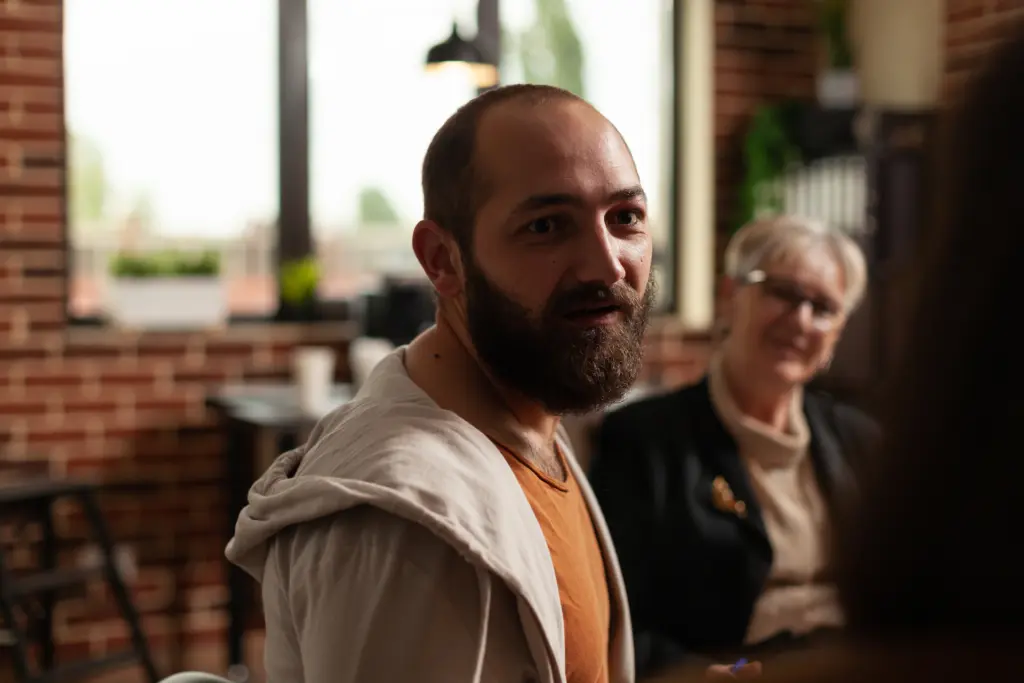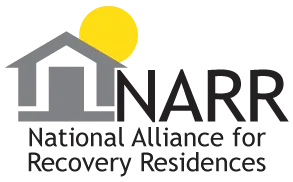Your husband has been working hard to provide for you and your family. You don’t know how he does it all. He works 12-hour days at the office and still has enough energy to come home and be a loving father and husband. He has been working to make partner at the firm and is expecting the promotion soon.
One day, you are cleaning up the house when you see your two-year-old run out of your room giggling. You see your husband’s nightstand drawer is open and investigate what she took. Following your daughter, you find her in her room shaking a tiny zip-lock bag. Confused, you take the bag and see a small amount of white powder. You know better, this is not something common like baking soda or sugar. You are horrified at how easily your daughter found this bag and are thankful she didn’t decide to do anything with it. Now, however, you’re worried. Despite not knowing for sure what the substance is, you have a hunch it is cocaine or something of the sort. There is going to be a serious conversation with your husband when he returns home from work.
In 2022, 217 non-fatal stimulant overdose cases resulted in hospitalization in Pinellas County. This included both intentional and unintentional overdoses. Tranquil Shores understands the risks using stimulants like cocaine can put on yourself and your loved ones. Our program is secluded, peaceful, and surrounds you with beach activities to help you focus on your healing. Finding an unknown substance can be terrifying, and you may not know how to talk to your loved one. Let’s talk about cocaine identification and how you can approach the topic.
Cocaine: What You Need to Know
Cocaine is a well-known stimulant and has been around for centuries. In the 1800s, cocaine was commonly used in medicine as a surgical anesthesia. While there were medical implications, especially in the field of ophthalmology, it was determined the potentially harmful effects and the risk of developing dependence outweighed the benefits of cocaine as a medical practice. However, the coca leaf is still a widely used practice in South America to treat conditions such as indigestion. The coca leaf as well as cocaine are illegal in the United States.

How to Identify Cocaine
Cocaine is very difficult to identify by appearance alone. It is odorless, tasteless, and can look similar to common household substances such as baking soda or talc powder. It is important to never try to identify an unknown powder by sniffing or tasting it as this will cause side effects that could be dangerous or even fatal. There are no forms of test strips for cocaine, unlike the ones you see for fentanyl. There are test kits available, but many require shipping and are not all legal in the US.
Cocaine is typically packaged in a small bag, sometimes with a pattern or insignia to give a “trademark” to the dealer. Some paraphernalia may help identify what the powder in the package is, such as mirrors, straws or makeshift straws, and a cardboard or plastic card (credit card or business card). As we talked about above, there is no true way to identify cocaine to the naked eye or based solely on paraphernalia.
What Does Cocaine Look Like?
Cocaine can have a couple of different looks based on the form it is in. For the most part, cocaine is white to off-white and can be a powder or crystal-like ball. The powder may have shards or chunks in the powder. Brown or tan forms of cocaine have been seen but for the most part, cocaine is always a shade white.
Different Forms of Cocaine
There are two different forms of cocaine – crack and cocaine. Crack is a solid form and looks like a bunch of oblong-shaped rocks. Crack is cocaine that has been heated with another compound such as sodium bicarbonate. The crackling sound made when smoking crack is how it got its namesake.
Cocaine is almost always in powder form, though those who inject it may have dissolved the powder in water making it a liquid. Cocaine powder comes from the coca plant that is native to South America. The process of turning the leaves into cocaine is lengthy and requires different chemicals, which is why the leaves are often smuggled into illegal labs throughout the United States. While crack is generally smoked, cocaine can be snorted, smoked, injected, or swallowed.
Side Effects of Cocaine
Cocaine has many side effects during use. The most common include:
- Sensitivity to light, touch, and sound
- Extreme bouts of energy
- Mood swings
- Increased productivity
- Paranoia
Cocaine side effects are typically short-lived, lasting around 30 minutes. Some side effects may carry on for a few hours depending on the route of administration and the duration of use.
Is My Loved One Experiencing Cocaine Addiction?
There are many signs of cocaine addiction to look for in your loved one. They may experience mood swings and shuffle from excited to angry quickly. Depression and anxiety can also increase as cocaine use progresses. They may be more concerned about finances due to funding their use. You may see them bouncing with energy and then be able to sleep in just a few hours. Weight loss is common with cocaine use, and they may look malnourished as their body weakens.
Your loved one may feel guilty of their use and try to hide it from you. If you suspect your loved one is using cocaine, talk to them openly and calmly. Avoid negative speech and tone, such as referring to them as an “addict” or other harmful adjectives. This will cause them to shut down and not be open about the help you are trying to offer. Be supportive and listen with full attention. When you respond, be calm and rational, but also firm, and do not be afraid to set boundaries.
What Should I Do If I’m Accidentally Exposed to Cocaine?
If you happen to be accidentally exposed to cocaine, seek medical attention. Although small amounts of cocaine typically do not produce life-threatening concerns, you may not know how it is going to affect you. Cocaine causes constriction of the blood vessels, making it difficult for the heart to pump the proper amount of blood throughout the body. This can lead to heart attacks, strokes, and seizures. Even if only a little bit of cocaine was ingested, it is better to be safe and be seen by a medical professional.
It is important to note that there is no medication to reverse the effects of cocaine. Whether you regularly use cocaine or are exposed accidentally, an overdose can occur at any time. Medical professionals will treat your symptoms and keep you stable, but there is no way for them to remove or reverse the cocaine effects.

Getting Treatment for Cocaine Use Disorder in Pinellas County, FL
Finding an unknown substance is scary, but asking your loved one about cocaine use can be even more nerve-racking. Opening the door with a calm conversation can help your loved one face the thought of dependence and seek treatment. Cocaine rehab programs are designed to address all aspects of addiction. Guided therapy, coping and life skill development, and a plan for returning to everyday life will arm your loved one with all the tools needed to live cocaine-free. Cocaine use can seem to take the joy out of life for your loved one, but with treatment and guidance, they will be ready to rediscover their passions and find true happiness again.
If you or someone you love is living with a cocaine use disorder, Tranquil Shores is here to help. We understand the importance of group therapy, but we also know that having one-on-one time is valuable. Our client-to-therapist ratio is kept low – at 3:1 – to ensure you are getting the individual attention you deserve. Call us today at 727-391-7001 to begin the journey of reclaiming your life today!







